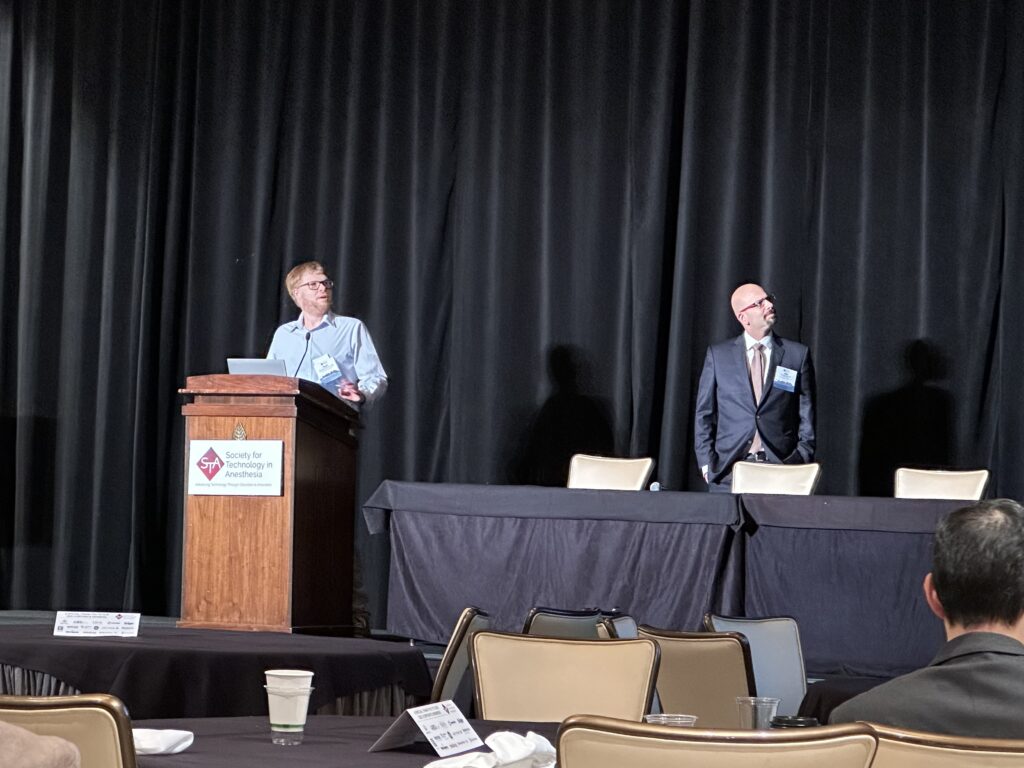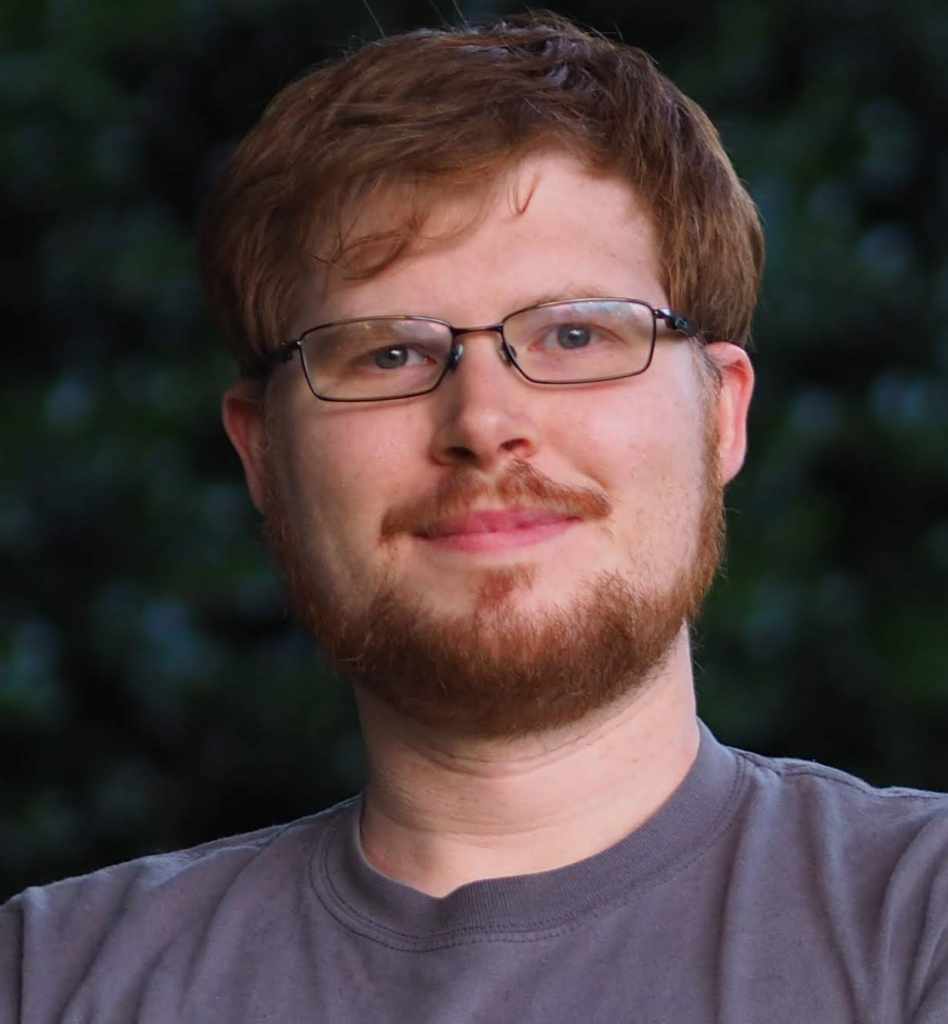Alumni Spotlight – Ryan Melvin
Dr. Ryan Melvin graduated from the Wake Forest Physics PhD program in 2018. Now he is an Assistant Professor and Principal Data Scientist at the University of Alabama, and the inaugural holder of the Endowed Faculty Scholar for Data Science, AI, and Machine Learning. In this interview with Professor Salsbury he shares the story of his academic career path and how his time at Wake Forest helped him.


Prof. Salsbury: What are you doing now career-wise?
Prof. Melvin: Currently, I am an Assistant Professor and Principal Data Scientist at the University of Alabama at Birmingham (UAB) in Anesthesiology and Perioperative Medicine. My interdisciplinary role has allowed me to become an Affiliated Faculty in Graduate Biomedical Sciences, and I’m also involved in multiple centers such as the Informatics Institute, Center for Women’s Reproductive Health, and the Center for Clinical and Translational Science. Given my training as a physicist and statistician, my work is centered on high-dimensional data analysis, employing machine learning techniques, and latent variable analysis, with a focus on perioperative space. Notably, I’ve been able to apply these skills to predict COVID-19 diagnoses early in the pandemic, improve blood pressure management in high-risk surgeries, and understand post-surgical outcomes. At the moment, everyone is excited about generative AI, so we are exploring that space as well. Our team just released web apps that will help with grant writing and institutional review board applications.
Prof. Salsbury: What did you do right out of Wake Forest?
Prof. Melvin: Immediately after completing my PhD at Wake Forest, worked for 2 years as a quantitative analytics specialist (aka “quant”) for Wells Fargo, where I predicted the (financial) future with math.
Prof. Salsbury: How did Wake Forest Physics help you get where you are today?
Prof. Melvin: Wake Forest’s Physics program provided me with a rigorous foundation in research methodologies and critical thinking. My time there nurtured my curiosity and gave me the tools to approach complex data-centric problems. This foundation was pivotal in my transition to more interdisciplinary roles, allowing me to apply my physics and statistical knowledge to financial, medical and biomedical fields.
Prof. Salsbury: Do you have an anecdote you would care to share either from your time at Wake Forest physics or from afterward relevant to Wake Physics?
Prof. Melvin: I remember when studying for the written qualifying exams, I spent 30 straight days — everyday — with two other students from my cohort. One day about halfway through, I recall that the stress and repetition was starting to get to us. There was clear tension in the room. So, I baked cookies that night and brought them the next morning. The cookies diffused the tension, and we all made it through the rest of our 30 days of intensive studying. Both people remain close friends. In fact, I just attended one of their weddings a few months ago.
Prof. Salsbury: Is there anything you would like to share with prospective or current students?
Prof. Melvin: To prospective and current students, my advice would be to remain open to interdisciplinary opportunities. The skills and knowledge you gain during your time at Wake Forest can be applied in myriad ways, often in fields you might not initially consider. Embrace the breadth of your training, network across disciplines, and you’ll find numerous doors open for you in unexpected places. Put another way, treat your career like less like a hill-climbing algorithm and more like simulated annealing. Occasionally make bold, crazy or unexpected choices to explore new opportunities and find potentially more rewarding paths.
